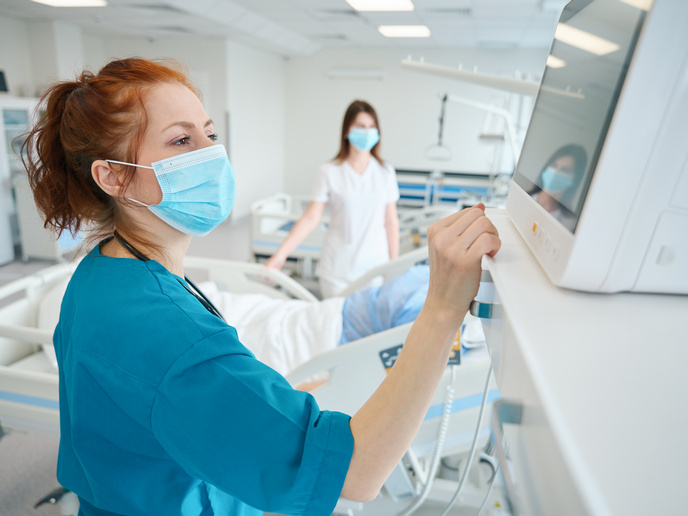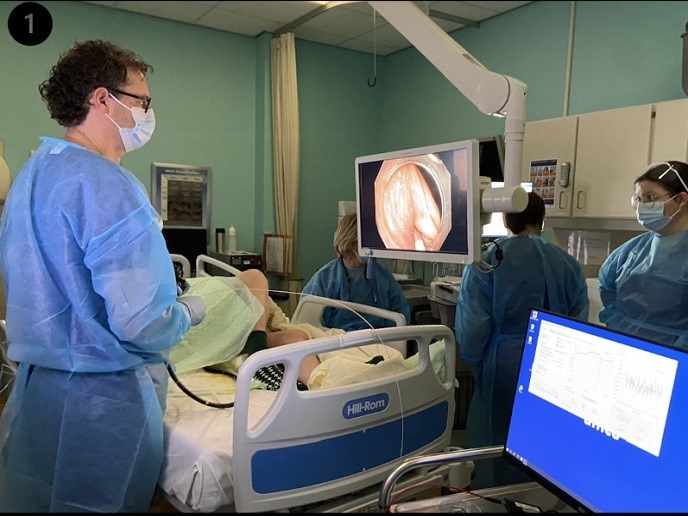Innovative device helps prevent complications after heart surgery
Atrial fibrillation, or abnormal heart rhythms stemming from the upper chambers of the heart, can affect up to 70 % of patients after heart surgery and make strokes three times more likely. It can also lead to other complications, including increased risk of death. The handheld external device evens out heart rhythms and can be used up to 7 days after an operation, reducing the need for extra drugs. “DefiPace is the first and only device that can smoothly and easily be used any time of the day or night to both stop and prevent the onset of atrial fibrillation,” says Nicola Osypka, coordinator of the DefiPace-System project and CEO of Osypka(opens in new window), the medical technology company in Germany that developed it. “Doctors are excited that there is one button to press on the device and it gives off a very small electric shock, up to 10 joules. This is sufficient to instantly restore the heart’s natural sinus rhythm,” she adds.
Preventing atrial fibrillation
While an irregular heart rhythm is very common just after surgery, it is usually harmless and can easily be monitored and managed using a standard external pacemaker and cardiac electrodes. However, some patients develop another type of cardiac arrhythmia – post-operative atrial fibrillation – which can lead to strokes, blood clots in the veins and cardiac arrest. These may develop long term. The risk of mortality rises twofold if a patient develops post-operative atrial fibrillation. They need to spend three or more days longer in hospital, significantly increasing medical costs. So far, treatment includes betablockers and special anti-arrhythmic medication, with potentially serious side effects. They may also require an external electric high-energy shock of about 200-250 joules. The DefiPace system, currently being tested in large international clinical trials, can prevent the onset of, and quickly end, atrial fibrillation.
Bi-atrial pacing
In another innovation, the device can also stimulate the heart’s left atrial chamber. “In standard pacing, only the right atrium and the right ventricle of the heart’s four chambers are paced, but with the DefiPace device you can do bi-atrial pacing, stimulating both atria at the same time,” according to Osypka. “It forces the heart to beat steadily at the set rhythm and thus prevent the onset of atrial fibrillation. Studies over 20 years ago showed this, but there was never an external device or the appropriate specialised wires commercially available to help do this.” Some EU-funded projects, such as the CResPace project, have developed pacemakers that adapt to physiological changes. Osypka explains: “When you open up the chest, the right side of the heart faces you and you can easily attach the wire. But attaching a wire on the left side, at the back of the heart, is difficult so it was never done and no corresponding device was ever developed.”
Specially developed pacing wires
The wires, slightly thicker than a strand of hair, have a special mechanism that allows them to be attached on the left side of the heart. Like standard pacing wires, they exit the body through the ribcage and are attached to the DefiPace monitoring system via an external extension cable. The wires are removed after a few days in the hospital setting, unlike an implanted pacemaker which goes home with the patient. While the DefiPace system was already advanced at the beginning of the 3-year project, the wires were still at an early prototype stage, Osypka notes. They are now being used in clinical trials.







